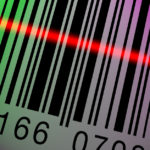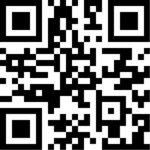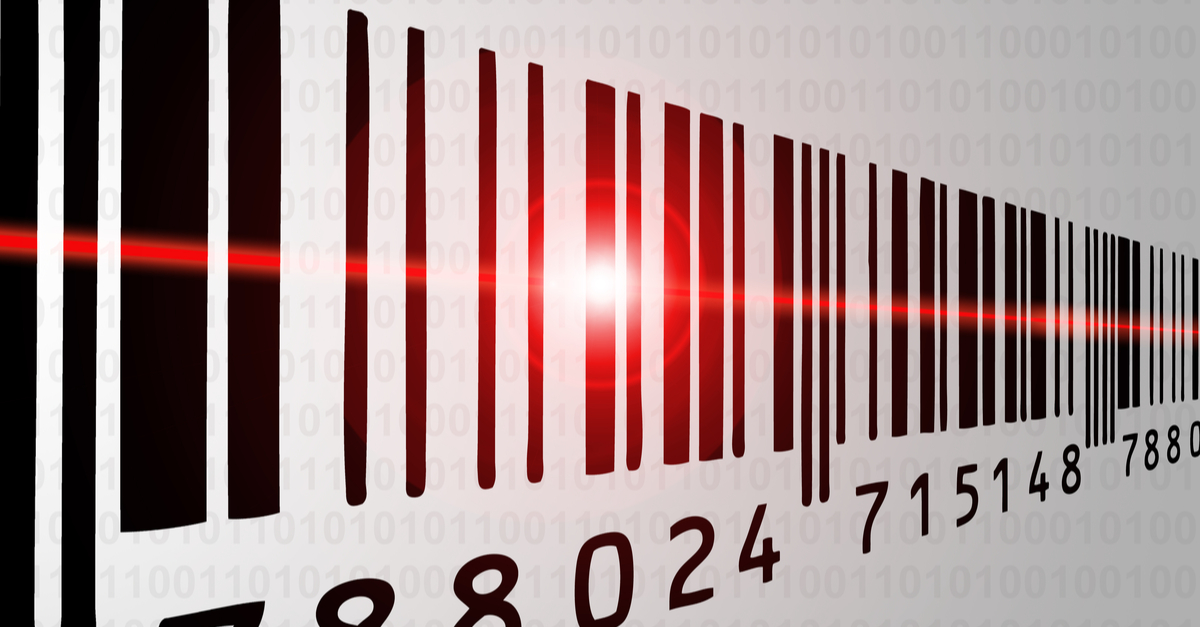Think about the last time you were at the grocery store or any retail store, the barcodes scanned at checkout retrieve data for that product, including price. Would it surprise you that barcodes were invented over 60 years ago? In a world where technology can be obsolete in days, weeks, or months, how have barcodes remained relevant?
In the 1940s, Joseph Woodland and Bernard Silver both graduate students at Drexel Institute of Technology in Philadelphia were researching a solution that would automatically read product information during grocery store checkouts. The solution they eventually developed and patented was titled “Classifying Apparatus and Method”.

Two decades later, laser technology made reading the barcode possible proving the barcode to be “ahead of its time”. It was not until the 1970s, that the barcode system became useable in the marketplace. Even with advancements in technology, barcodes are one of the most accurate and useful technologies to date.
The most commonly recognized barcode is the linear barcode, which is one-dimensional. The linear barcode is encoded with data horizontally from left to right, with combinations of black and white bars representing different characters.
A new dimension in barcodes is the two-dimensional, or 2D, barcode which is encoded both vertically and horizontally. The 2D barcode allows for more information storage and also can be used as an interactive marketing campaign to upload videos or other content which is retrieved when scanned with a smartphone.

There are a variety of 2D barcodes including QR Code, DataMatrix, Maxi Code, and PDR417. Each of these barcodes has different capacities and features that can enhance different uses such as logistics, factory automation, or mobile phones.
Barcodes are not only used in Business-to-Consumer (B2C) transactions (you may have used them to retrieve a restaurant menu recently), they also help regulate safety and efficiency in a vast majority of industries.
For example, in the healthcare industry barcodes are used to identify patients and to ensure their safety. By using barcodes, errors are detected sooner providing much more efficient documentation.
Other industries using barcode technology include banking, education, insurance, and logistics to ensuring accuracy and productivity.
Barcodes still deliver on the promise of a fast and accurate data capture option with immediate electronic availability. Barcode technology is simple, cost-effective, and significant which is why it continues to be relevant.




